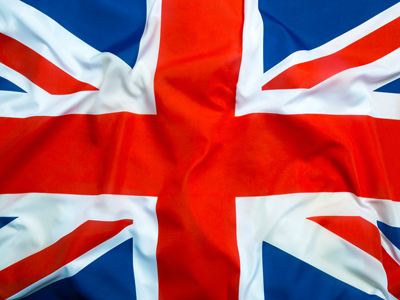

Modern Changes in Industry in the UK
This GCSE Geography quiz takes a look at modern changes in industry in the UK. The economic geography of the UK has undergone some dramatic changes since the 18th century. Before the industrial revolution, maps would have shown that the UK economy was based on agriculture and cottage industries. All that changed during the industrialisation of Britain (the Industrial Revolution) as heavy industry and factory mass production of textiles, ceramics and many other goods began. The nature of the British economy started to change once again after the 1939-45 war as cheap foreign textiles, raw materials and other products became available through increased globalisation, making manufacturing in the UK less economic. At the same time, the increased mechanisation of agriculture and in factories (e.g. using robots to build cars) gradually increased unemployment, forcing people to look for work in different industry sectors.
Ready for more?
not all...
quizzers. Try to win a coveted spot on our Hall of Fame Page.






